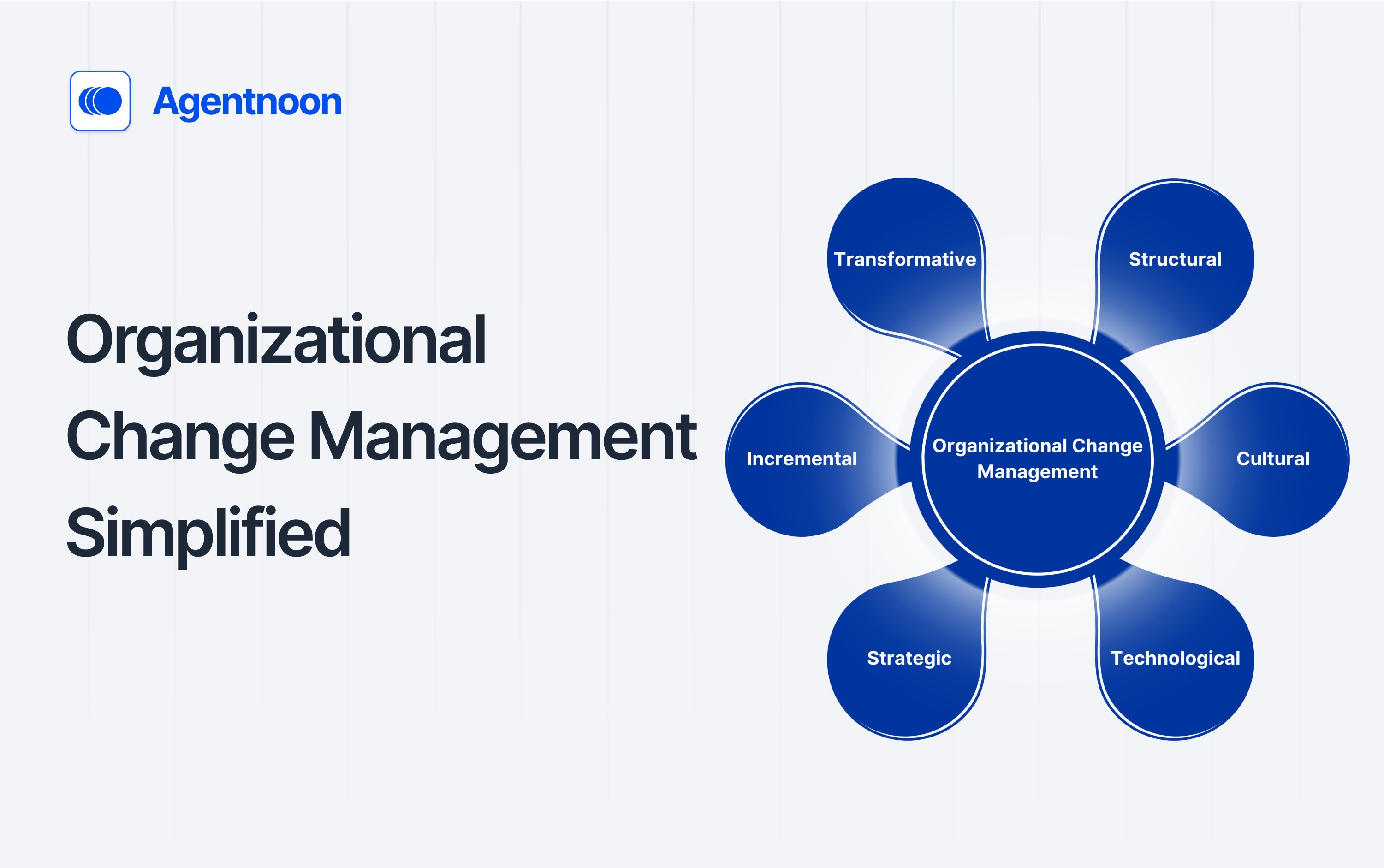 Solving the AI Adoption Issue: A Focus on Digital Boundaries and Organizational Change
Solving the AI Adoption Issue: A Focus on Digital Boundaries and Organizational Change
According to recent research by Capegemini, organizations are facing a significant challenge in turning AI proof of concepts into production solutions. Steve Jones, EVP of data driven business and gen AI at Capegemini, highlighted the main obstacles: digital boundaries, digital employees, and bad data. Jones emphasized the need for organizations to address these issues to ensure successful AI adoption and implementation.
The Problem of Bad Data
Jones pointed out that organizations have become comfortable operating with bad data, believing that they can fix it in the source system. However, this is a myth that needs to be dispelled. Just like oil, data is only useful after refinement. With AI expected to make 50% of business decisions by 2030, relying on bad data poses a significant risk. Digital employees cannot wait for cleaned-up data to make operational decisions. Whether it’s autonomous vehicles or warehouses, AI needs access to accurate and relevant data to function effectively.
The Role of Digital Boundaries
To solve the AI adoption issue, organizations must develop a digital operating model that defines the boundaries and constraints for AI. This includes digitally describing the problem to be solved and outlining what AI should and should not influence. For example, an AI designed to reduce the carbon impact of an oil company should still operate within the boundaries of being an oil company. By defining these digital boundaries, organizations can ensure that AI aligns with their business goals and operates within acceptable parameters.
Function-Based AI Solutions
Jones emphasized that organizations should not expect to have a single AI brain managing everything within the company. The risks and complexities involved make it impractical. Instead, AI solutions should be constrained by their functions and departments. For example, a debt collection bot in the finance department will have different rules and regulations compared to a sales advisor bot. Organizations need to adopt AI through a business adoption and management lens, focusing on specific functions and their respective boundaries.
The Importance of Organizational Change
Scaling AI adoption requires organizational change, not just technological advancements. Jones stressed that the problem lies in business adoption and the need to rethink data architecture for AI. Traditional application design, where data resides in the back end, is not suitable for AI. Data needs to be upfront, easily accessible to digital employees in real time. Organizations must be in control of their digital operating models and understand the business context to effectively deploy digital employees. This shift requires business people to embrace AI and delegate their careers to engaging with it.
Enabling Business Success with AI
To move towards a future where AI plays a significant role in decision-making, organizations must enable business people to succeed with AI. This means empowering them with the knowledge and skills needed to engage with AI effectively. The focus should be on organizational change and creating a supportive environment for AI adoption, rather than solely relying on technological advancements.
In conclusion, addressing the challenges of digital boundaries and organizational change is crucial for successful AI adoption. By defining clear boundaries, organizations can ensure that AI operates within acceptable parameters. Moreover, organizations need to embrace organizational change and equip their workforce to engage with AI effectively. Only through these efforts can businesses fully harness the power of AI and make informed decisions that drive success.

